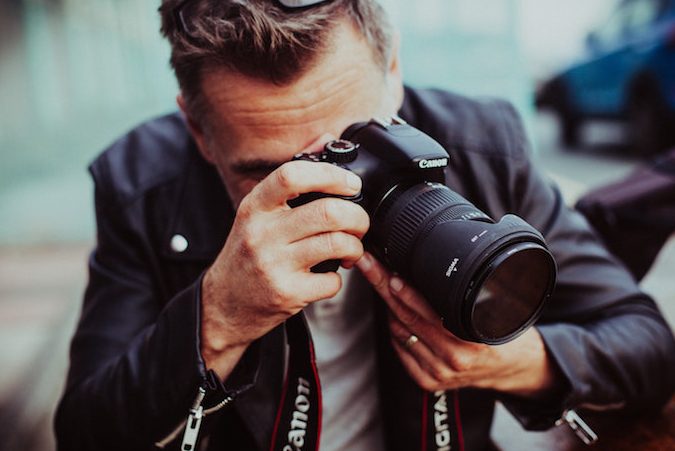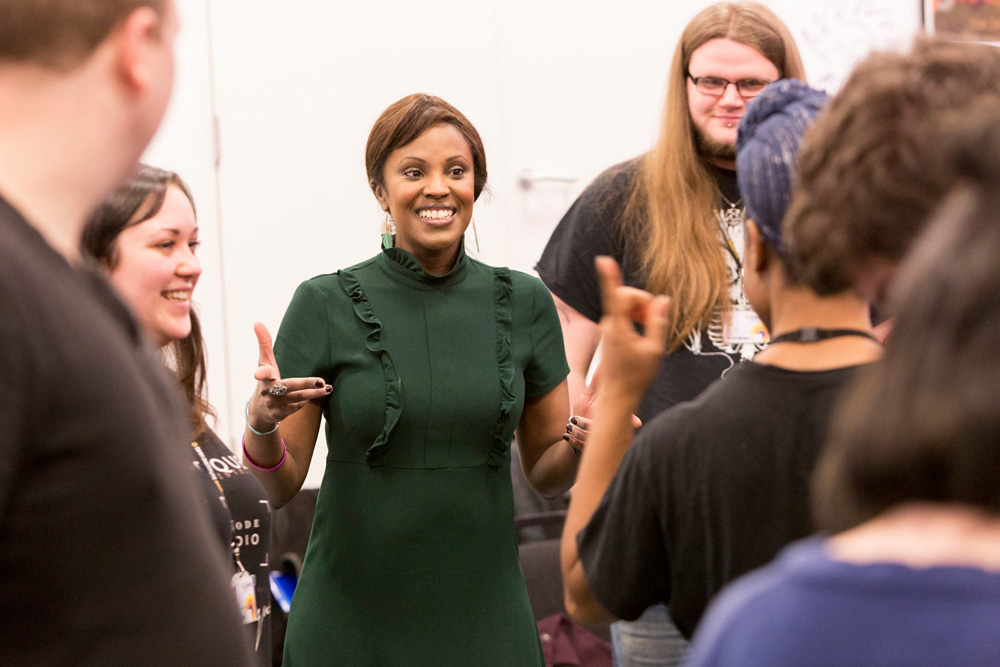Another day, another round of self-promotion. But still nobody’s biting, from the magazine that keeps ‘losing’ your album, to the A&R who won’t return your calls. We’re just taking a wild guess here, but could the problem be that your one and only press shot is a grainy disaster, taken on your mum’s old Nokia, with the band giving constipated smiles and the drummer picking his nose? In the modern industry, a strong band image is vital – and that starts with a compelling photo. Say cheese…
#1. Hire a professional
With the rise of the smartphone, everyone fancies themselves as a photographer, but a pro has a thousand tricks up their sleeve to elevate your band from shambolic to iconic. Scan the music press, decide which shoot you like, see which snapper it’s credited to, find their website and get a quote for a morning’s shoot. It won’t be cheap, but it’s worth it to work with someone who knows what editors are looking for and can take photos that stop journalists sweeping your press pack into the bin. In a best-case scenario, the snapper will also have the editor’s ear, and might mention you next time they’re in the office. If you’re broke, scout around at a photography college for a talented up-and-comer.
#2. Come up with a concept
From the Stone Roses slathered in Dulux to Kanye West doing his best impression of Jesus Christ, the truly memorable shoots find the band thinking outside the box. “No one wants four or five guys standing in a row,” says Darrell Mayhew, art editor of Classic Rock. “It’s dull, unless they naturally look super-cool, confident and instantly recognisable like the Rolling Stones or Metallica. Always try something dynamic with a bit of swagger and attitude – no middle fingers or devil horns, though.”
#3. Have some attitude
You don’t necessarily have to ride a llama. But if you’re going to play it straight with a classic ‘band lineup’ shot, then your clothes, poses and facial expressions need to capture a sense of solidarity, shared values and last-gang-in-town attitude (think the sleeve of the first Ramones album). And for God’s sake, make sure you’re all ready for the click. “I don’t want to see any shots of the artist blinking,” says Darrell. “But a shot where they’re candidly laughing can be a nice addition.”
#4. Tick the technical boxes
When it comes to resolution, the industry-standard is 300dpi – and no serious consumer magazine will touch anything less, for fear of looking like a fanzine (“Your photos should preferably be big enough to fill the page or more as some will need cropping,” adds Darrell. “Especially if it’s from a gig”). Bear in mind, too, that you’ll need photos in different formats for a range of uses – from banner ads and website backgrounds to Facebook headers – and brief the photographer accordingly.
#5. Have a bit of variety
If you’ve booked a photographer for the morning, get your money’s worth. Once your career starts rolling, you’ll need more shots than you realise (for press releases, for your website, to illustrate interviews etc). You don’t want to keep shelling out for more, so pack a few different angles into the same shoot. “If you’re shooting on location, make the most of what you have available,” advises Darrell. “I don’t want to see 30 shots from exactly the same angle. Try different angles/areas/backdrops and always do both portrait and landscape versions. But don’t send 500 photos…!”



